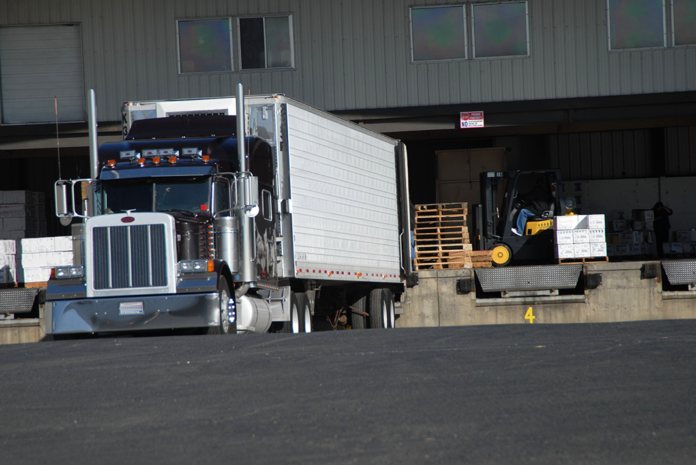After months of confusion for millions of truckers, the Federal Motor Carrier Safety Administration (FMCSA) has finally offered up some extra clarification on how personal conveyance regulations should be followed and enforced.
In May of 2018, the FMCSA issued a statement to try to help truckers make sense of how the the personal conveyance provision works in the real world with current Hours of Service regulations. The biggest takeaway from the May statement was that truckers are allowed to drive their trucks (loaded or unloaded) from a shipper or a receiver to a safe parking place, even if the drivers are out of hours.
Since May, the FMCSA has been bombarded with even more questions about personal conveyance. Last week, they issued an updated set of Frequently Asked Questions in an attempt to set the record straight.
New Personal Conveyance FAQs
- May a driver, who drops his or her last load at a receiver’s facility use personal conveyance to return to their normal work location (i.e. home or terminal?) No. Returning home or to the terminal from a dispatched trip is a continuation of the trip, and therefore cannot be considered personal conveyance.
- The guidance allows for “authorized use of a CMV to travel home after working at an offsite location.” What is meant by the term “offsite” when used in this context? The term refers to a location, other than a carrier’s terminal or a shipper’s or receiver’s facility, where a driver works for a temporary period for a particular job. Specifically, this term is intended for construction and utility companies that set up base camps near a major job and operate from there for days or weeks at a time. These remote locations are considered “offsite” locations. Therefore, travel between home and that offsite location is considered commuting time, and qualifies as personal conveyance.
- Is personal conveyance treated any differently when the driver is hauling hazardous materials?No. There is no restriction on personal conveyance regarding hazardous materials transportation, provided that the driver complies with provisions of 49 CFR parts 177 and 397.
- Can a driver who claims the short haul exception use personal conveyance?Yes, there is no connection between personal conveyance and the short-haul exception. As always, off-duty time does not extend the 12-hour duty time limitation.
- How is personal conveyance time calculated in the hours-of-service rules?Time spent under personal conveyance is off-duty time.
- May a driver use personal conveyance when they run out of available (driving/on-duty) hours? No, except for the one exception described in the guidance where a driver who runs out of hours while at a shipper’s or receiver’s facility may drive from that facility to a nearby, safe location to park, provided that the driver allows adequate time to obtain rest in accordance with daily minimum off-duty periods under the Hours of Service rules before beginning to drive. Personal conveyance is those times where a driver is operating solely for a non-business purpose and cannot be used to extend the duty day.
- Are there maximum distance time or distance limits for the use of personal conveyance? No. However, it is important to note that the provision in §392.3 of the FMCSRs, prohibiting the operation of a commercial motor vehicle while fatigued, continues to apply. Therefore, a driver must get adequate rest before returning to driving.
- If a driver picks up the commercial motor vehicle from a repair facility once repairs are complete, would the driver be allowed to use personal conveyance to their residence from the repair shop?No, travel for repair and maintenance work is being done in the furtherance of the business and is considered on-duty time.
- Can a loaded vehicle be used as personal conveyance?Yes. Determining personal conveyance is based on the nature of the movement, not whether the vehicle is laden.
- Can personal conveyance time be combined with other off-duty time to complete a 10 or 34-hour break?Yes, since PC is off-duty time. However, it is important to note that the provision in §392.3 of the FMCSRs, prohibiting the operation of a commercial motor vehicle while ill or fatigued continues to apply.
- Can a driver be inspected during personal conveyance? If so, what is the driver’s duty status during the inspection?Yes. Since the driver is still subject to the FMCSRs, the driver or vehicle can be inspected. The driver’s duty status would be “on-duty, not driving.” during the inspection.
The FMCSA also points out that “personal conveyance does not reduce a driver’s or motor carrier’s responsibility to operate a CMV safely, and motor carriers can establish personal conveyance limitations either within the scope of, or more restrictive than, the FMCSA guidance.”
If you still have questions about personal conveyance, you can email [email protected].
